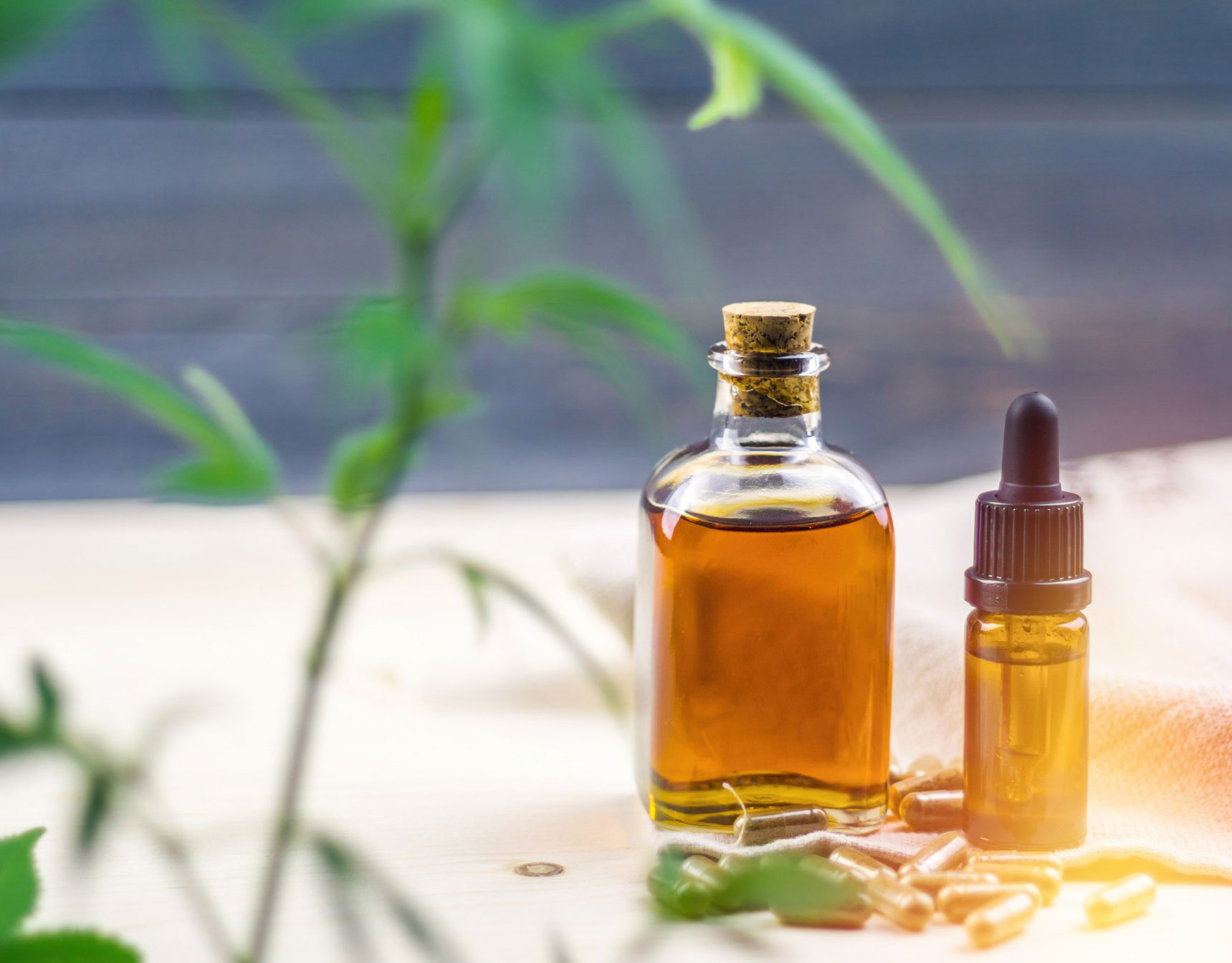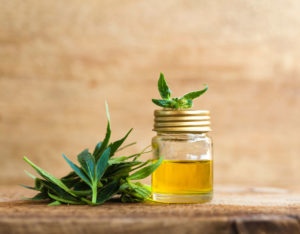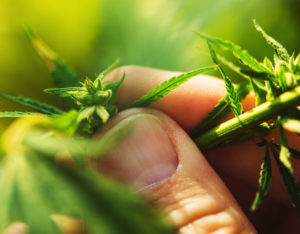With the rise of popularity in cannabidiol (CBD) products, people are becoming more interested in the quality of the products they use: where their CBD comes from, how it is manufactured and how pure it is.
As with most things, not all CBD oils and products are created equal. Just like olive oil can come in different grades of quality and purity—from cold-pressed and extra virgin, to heat-extracted and refined—so too does CBD. In the case of CBD oils, these qualities are very much dependent on the extraction, purification and manufacturing processes the product goes through to get it from the raw material stage to that of a final product suitable for consumption.
Continue reading to learn more about the different extraction methods and most common purification processes, as well as the different types of CBD oils and extracts available and the qualities and characteristics of each.
Methods of CBD Extraction
In order to get the CBD out of the plant and into a final product, the raw plant material needs to go through an extraction and purification process, which ranges from simple and suitable for individual herbalists, to highly complex processes used mainly by large-scale manufacturers. Here we will discuss the two most commonly used commercially and what you as a consumer are most likely to come across.
Supercritical CO2 Extraction
This extraction method utilizes the unique ability of carbon dioxide (CO2) to act as either a gas, liquid or solid material under different temperatures and pressures. Exploiting this property in a machine called a closed-loop extractor, phytochemicals such as cannabinoids, terpenes and flavonoids are extracted by squeezing and filtering the raw plant material through dry ice made from pressurized CO2.
Because the compounds are extracted using pressure rather than a solvent, CO2 extraction allows for the accurate and selective isolation of different plant compounds based on their molecular weights. What’s more, because its a cold-extraction method, heat sensitive compounds such as terpenes are preserved, which makes for a high-quality, full-spectrum extract that’s free from solvents or other potentially harmful chemicals. One major drawback is that the process is complicated, time-consuming and low yielding, which means the final product will likely be more expensive.
Solvent Extraction
Solvent extraction, as the name suggests, uses a solvent—usually an alcohol such as ethanol—to extract the plant compounds from the raw material. In this process, the solvent dissolves the cannabinoids, terpenes, waxes and other phytochemicals into a mixture that then needs to go through an evaporation process to remove the ethanol.
This extraction method is inexpensive and high-yield, which makes it the preferred method for commercial producers. However, the necessary post-extraction purification processes can also remove some of the favorable cannabinoids and terpenes. In addition, depending on the quality of the equipment, operator experience and processing techniques, harmful solvent residues can be left behind, which results in a lower-quality CBD extract.
Post-Extraction Purification Processes
In order to become consumer ready, the CBD extracts needs to go through different purification processes depending on the type of CBD oil desired. These can include the following:
- Winterization – Removes undesirable elements such as fats, waxes and other lipids from raw extracts by mixing it with 200-proof alcohol and freezing it until cloudy. Once sufficiently cooled, the mixture is run through filter paper after which the alcohol is removed by heating it.
- Short-Path Distillation – A secondary refining process that isolates different compounds via their respective boiling points. Desirable compounds are then either recombined in various concentrations, or used as isolates.
- Nano-amplification or Cavitation – Nano-amplification or cavitation, is the process in which a CBD isolate is broken up at a molecular level until particles measure at 100 nanometers or less .
Types of CBD Oils and Extracts
Each of the above mentioned processes yields a different type of extract that can be used in different ways and for different types of products. Although not an exhaustive list, below we discuss what you can expect from some of the most popular types.
Full-Spectrum CBD
Full-spectrum CBD consists of an extract which contains all the cannabinoids (including small amounts of THC), terpenes and other compounds found naturally in the raw cannabis plant and considered to be one of the most therapeutically active because of the entourage effect.
Broad-Spectrum CBD
Broad-spectrum CBD is basically the same as full-spectrum CBD oils with the one difference being that all THC is removed while still including all the other beneficial cannabinoids and terpenes. Broad-spectrum CBD products are great for those who want all the benefits of full-spectrum without THC.
CBD Isolate
CBD isolate contains only CBD. For a long time this was considered the gold-standard of CBD extracts because of it being close to 100 percent pure. This is a good choice for people who are sensitive to other cannabinoids or who need precise dosing.
Nano-CBD
Nano-CBD represents the latest in CBD extraction technology. Being water soluble and having nano-sized particles, nano-CBD can easily pass through the cellular gaps that “normal” CBD molecules can’t. This makes increases its bioavailability, which means a lot less nano-CBD is needed compared to other forms of CBD.
Hemp Seed Oil
Hemp seed oil is extracted from the seeds of the hemp plant and contains no cannabinoids but is rich in many vitamins, minerals and essential fatty-acids such as Omega-3 and Omega-6, making it a great carrier oil in many CBD products.
Different combinations of extraction methods, purification processes and types of CBD oil are suitable for different circumstances. Which one is best for you will depend on your specific needs, requirements and several lifestyle factors. However, now that you know the details of each of these, you can decide which type of CBD product is right for you.




